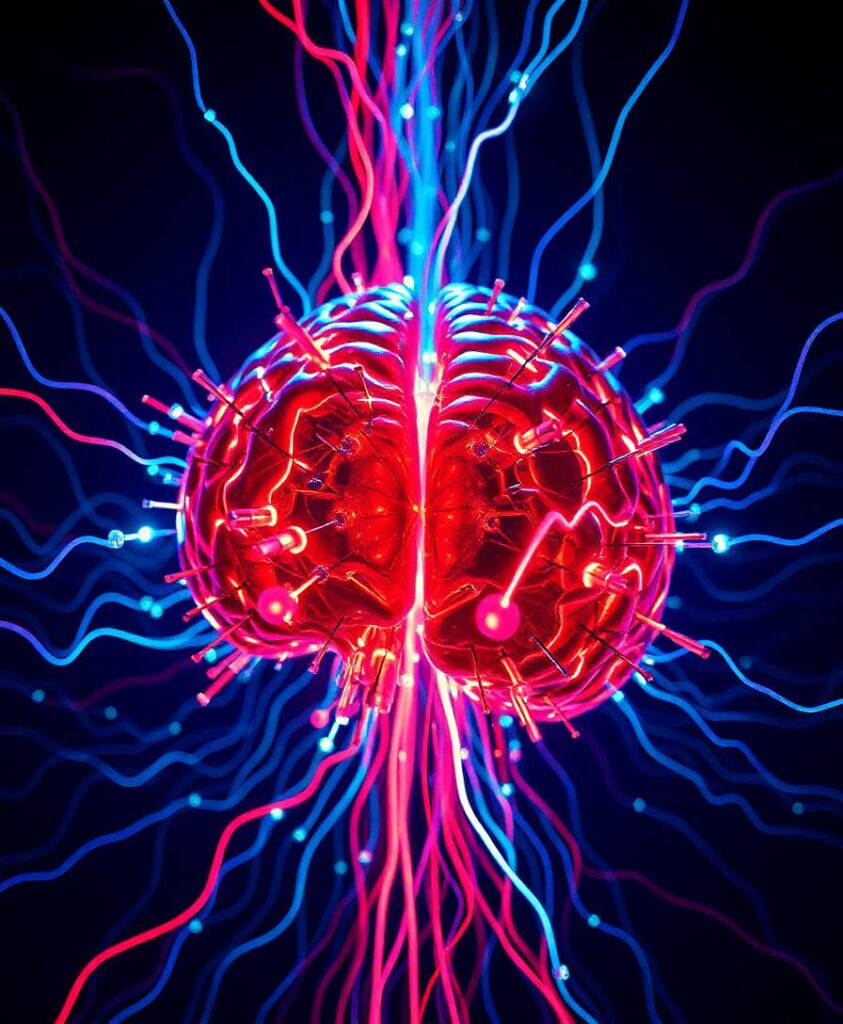Altered local and remote functional connectivity in mild Alzheimer’s disease patients with sleep disturbances
ObjectivesThis study aimed to investigate local and remote functional connectivity in mild Alzheimer’s disease patients with sleep disturbances (ADSD) and those without sleep disturbances (ADNSD).MethodsThirty eight mild AD patients with sleep disturbances and 21 mild AD patients without sleep disturbances participated in this study. All subjects underwent neuropsychological assessments and 3.0 Tesla magnetic resonance scanning. Static and dynamic regional homogeneity (ReHo) were used to represent the local functional connectivity. Seed-based whole-brain functional connectivity was used to represent the remote functional connectivity. The seed was chosen based on the results of ReHo.ResultsCompared to ADNSD, ADSD showed decreased static ReHo in the left posterior central gyrus and the right cuneus and increased dynamic ReHo in the left posterior central gyrus. As for the remote functional connectivity, comparing ADSD to ADNSD, it was found that there was a decreased functional connection between the left posterior central gyrus and the left cuneus as well as the left calcarine.ConclusionThe current study demonstrated that, compared with ADNSD, ADSD is impaired in both local and remote functional connectivity, manifested as reduced functional connectivity involving the primary sensory network and the primary visual network. The abnormality of the above functional connectivity is one of the reasons why sleep disorders promote cognitive impairment in AD. Moreover, sleep disorders change the temporal sequence of AD pathological damage to brain functional networks, but more evidence is needed to support this conclusion.
Aiyana is an Indigenous educator from Alberta, with a background in environmental science and community wellness programs. She volunteers as an author to explore how traditional knowledge intersects with modern neuroscience to unlock human resilience and potential.


